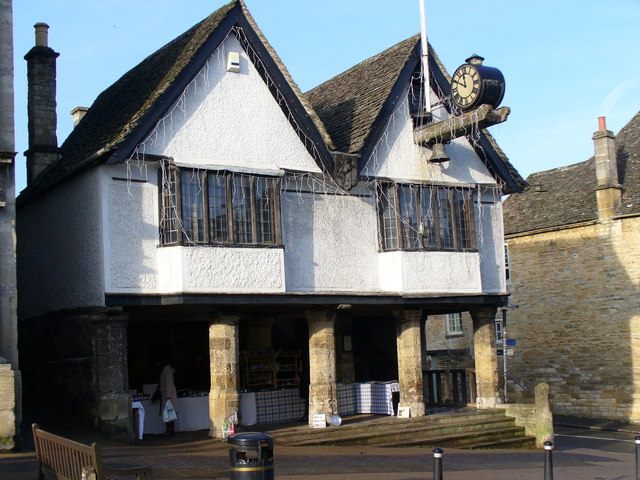|
Cotswold Wildlife Park
The Cotswold Wildlife Park & Gardens exhibits over 260 different species of animals. The park is set in of landscaped parkland and gardens 2 miles south of Burford, on the A361, Oxfordshire, England. Around 350,000 people visited the park in 2012. Animal exhibits *Walled Garden houses aviaries, including a Humboldt penguin enclosure and a Tropical House with exotic plants and free-roaming sloths, and tropical birds such as great blue turacos, Bali starlings and bleeding heart pigeons. Penguin feeding and talk is held daily at 11 am and 3 pm. Mammals in the Walled Garden include meerkats, yellow mongooses, prairie dogs and a breeding group of Oriental small-clawed otters. There is also a collection of small primates, including squirrel monkeys, pygmy marmosets, red-handed tamarins and emperor tamarins. *Madagascar, opened in 2008, is a walk-through exhibit which draws attention to the plight of endangered lemur species. The mixed exhibit features ring-tailed lemurs, collared ... [...More Info...] [...Related Items...] OR: [Wikipedia] [Google] [Baidu] |
Burford
Burford () is a town on the River Windrush, in the Cotswold hills, in the West Oxfordshire district of Oxfordshire, England. It is often referred to as the 'gateway' to the Cotswolds. Burford is located west of Oxford and southeast of Cheltenham, about from the Gloucestershire boundary. The toponym derives from the Old English words ''burh'' meaning fortified town or hilltown and ''ford'', the crossing of a river. The 2011 Census recorded the population of Burford parish as 1,422. Economic and social history The town began in the middle Saxon period with the founding of a village near the site of the modern priory building. This settlement continued in use until just after the Norman conquest of England when the new town of Burford was built. On the site of the old village a hospital was founded which remained open until the Dissolution of the Monasteries by King Henry VIII. The modern priory building was constructed some 40 years later, in around 1580. The town centre's ... [...More Info...] [...Related Items...] OR: [Wikipedia] [Google] [Baidu] |
.jpg)
